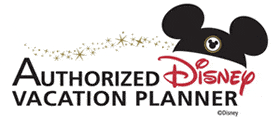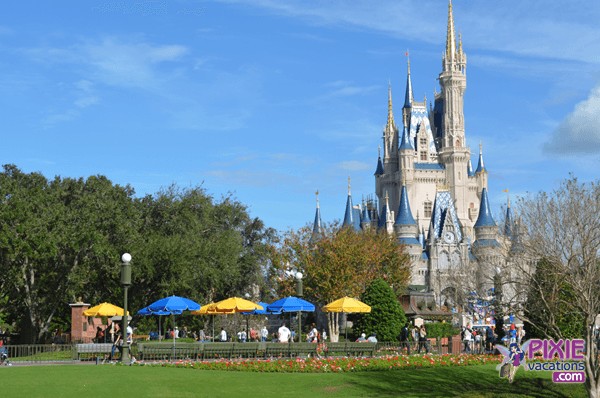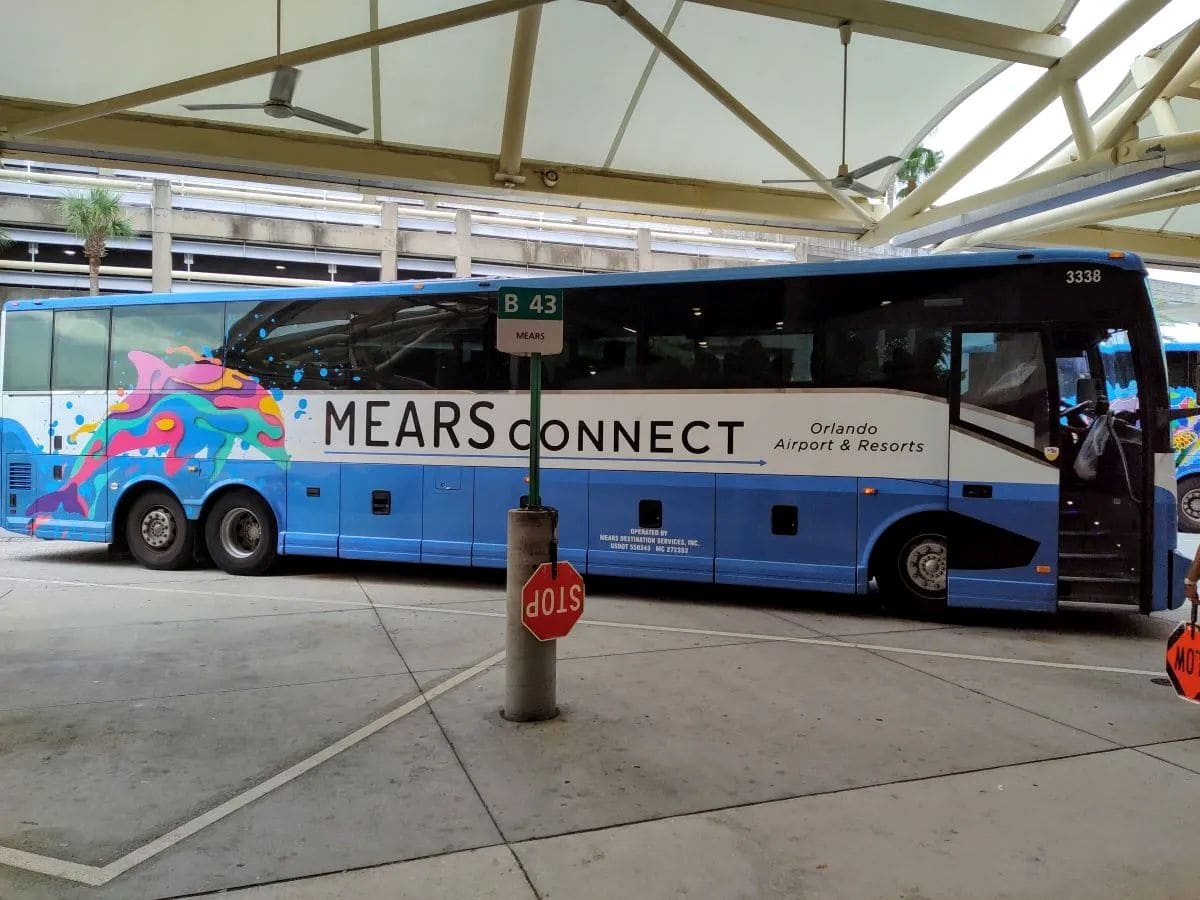Future visitors to Walt Disney World will be able to reserve ride times from their home computers and bypass hotel check-in desks once they arrive at the resort, the head of the Walt Disney Co.’s global theme-park division said during an investors conference Thursday.
Those advances are among of a series of technological initiatives Disney is developing in hopes of making visits to its increasingly crowded theme parks easier to plan and less intimidating to navigate, Walt Disney Parks and Resorts Chairman Tom Staggs said at the conference in Anaheim, Calif.
“In the coming years, we’ll introduce a broad set of systems and tools that will help us create a more seamless and personalized experience and help guests get more out of their visit with us,” Staggs said. The ultimate goal, he added, is “to welcome more and more people, while making their experience more satisfying, more personal and more immersive.”
Staggs’ comments provided the first detailed glimpse at a secretive initiative dubbed “Next Generation Experience,” or “NextGen,” that Walt Disney Parks and Resorts has been working on for more than a year. The budget for the project is said to be around $1 billion — as much money as Disney spent to build its recently launched Disney Dream cruise ship.
In his remarks Thursday, Staggs described a “version of Fast Pass for an entire Disney vacation.” Future guests, he said, will be able to reserve specific ride times for popular attractions, secure seating for shows, make restaurant reservations and pre-book other experiences before they leave their homes on vacation.
They will also be able to obtain their room keys in advance, eliminating the need to check into hotels and allowing them to proceed immediately to their rooms or a theme park once they arrive on Disney property.
Other advances, he said, will include personalizing rides and character greetings for individual guests, adding more interactive queues to entertain people while they wait in line for attractions, and designing behind-the-scenes systems for operations workers to better monitor and steer crowd flow to ease congestion.
Disney will also aim to cull more personal information from its guests, which Staggs said “will put better information into the hands of our cast, so they can deliver even better and more personalized service for our guests.” Although Staggs did not specify what information Disney would seek, possibilities range from simple details such as names and birth dates to favorite characters and credit-card numbers. Access to such information would allow Disney to target more personalized sales offers to guests, even as they wander around its parks.
Staggs didn’t go into further details about how Disney intends to implement some of the plans, and the company would not elaborate on his comments. But there is widespread speculation among former Disney executives and bloggers who follow the company that some of the plans will use radio-frequency identification, or RFID, microchips that can be implanted into tickets or wristbands, loaded with personal information and used to interact with sensors installed in everything from hotel-room doors to ride animatronics.
Disney has signed a confidentiality agreement with a California company that manufactures RFID wristbands, whose clients include other amusement operators such as Great Wolf Resorts.
Staggs declined to say when Disney will launch many of the initiatives, though some elements — such as interactive queues — have been slowly rolling out in parks in recent months. Staggs said Disney has applied for “a number” of patents related to the work.
“It will be some time before we roll out the bulk of these developments,” he said. “But we’re well into development.”
The decision to pump $1 billion or more into developing systems that help with vacation planning and crowd flow underscores one of the biggest challenges facing Disney’s flagship theme-park resorts — particularly Disney World, which has four parks and roughly 25,000 hotel rooms.
As those resorts have grown bigger over the years, they have also become more complex to navigate and more crowded, threatening to undermine Disney’s historically high guest-satisfaction ratings and to deter repeat visits.
“We know that our guests love creating great memories,” Staggs said. “We also know they don’t exactly relish waiting in line, checking in at the resort, worrying about missing their favorite attractions, or feeling uncertain about how to best navigate and access our properties.”
There are risks. Former company officials have questioned whether technological advances would boost attendance or guest-spending enough to justify the billion-dollar price tag — or whether advance-planning by some guests could spoil the experience for those who do not pre-plan and arrive at a park only to find the most popular attractions already booked.
Privacy advocates could also protest if they think Disney is collecting too much personal information about its guests.
But Scott Smith, an instructor at the University of Central Florida’s Rosen College of Hospitality Management, said there are also several advantages to the projects Disney described. Issuing hotel-room keys in advance, for instance, will ensure Disney gets its guests into its parks more quickly.
Smith likened it to similar advance-check-in options at some Las Vegas casino resorts where “the idea is that you go right to the craps table.
“Disney is probably looking at the same type of philosophy,” Scott said. “The sooner we check you in, the sooner you go into our parks and start spending money.”
Also, a new generation of technology-savvy travelers increasingly expects features such as customizable vacations and interactive attractions, he said.
“Their audience is so much more sophisticated now,” Smith said. “If you’re not investing in this already, you’re going to get left behind. And the last thing Disney wants is to be saddled with the reputation of being old school.”
From the Orlando Sentinel









